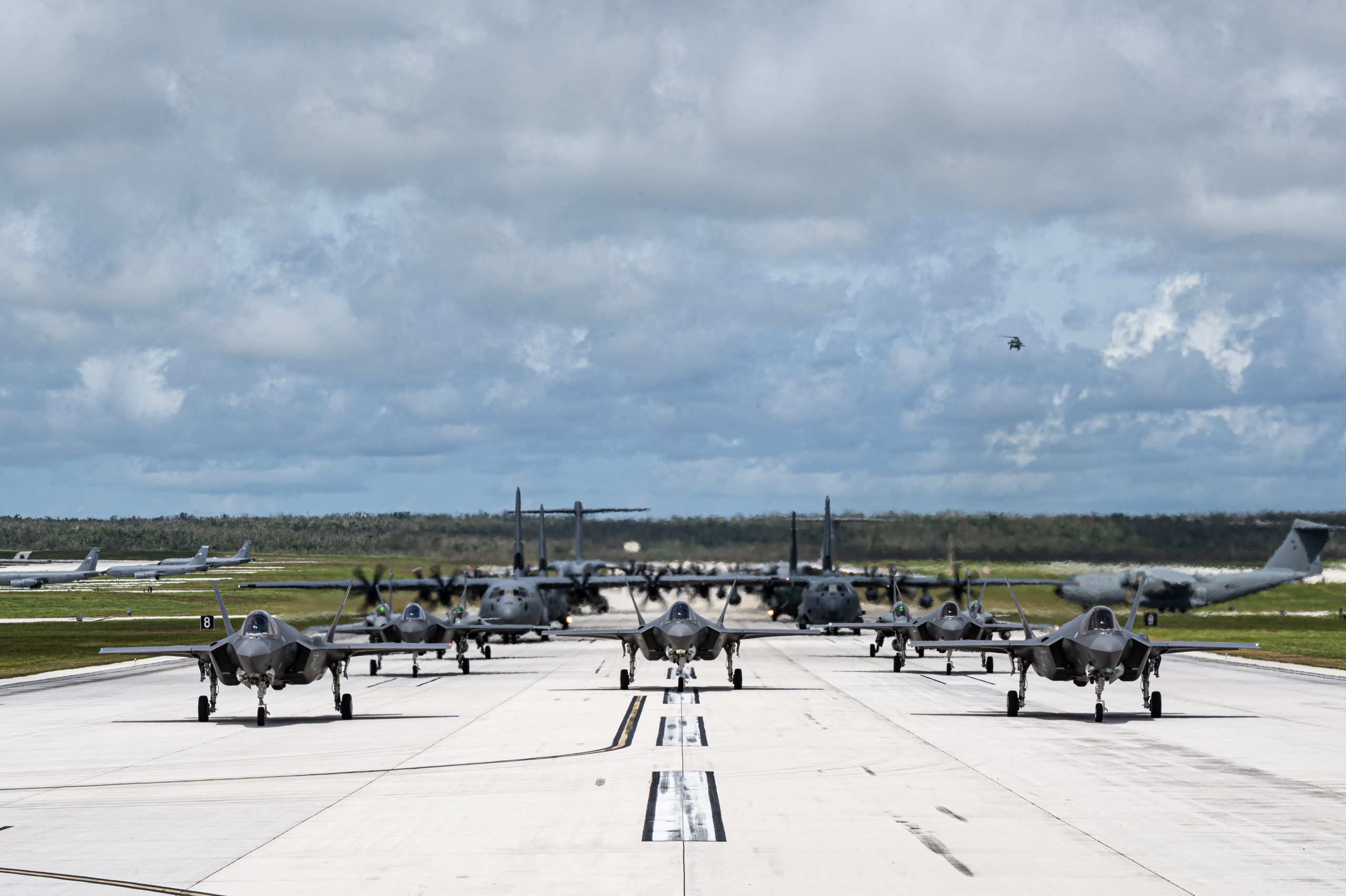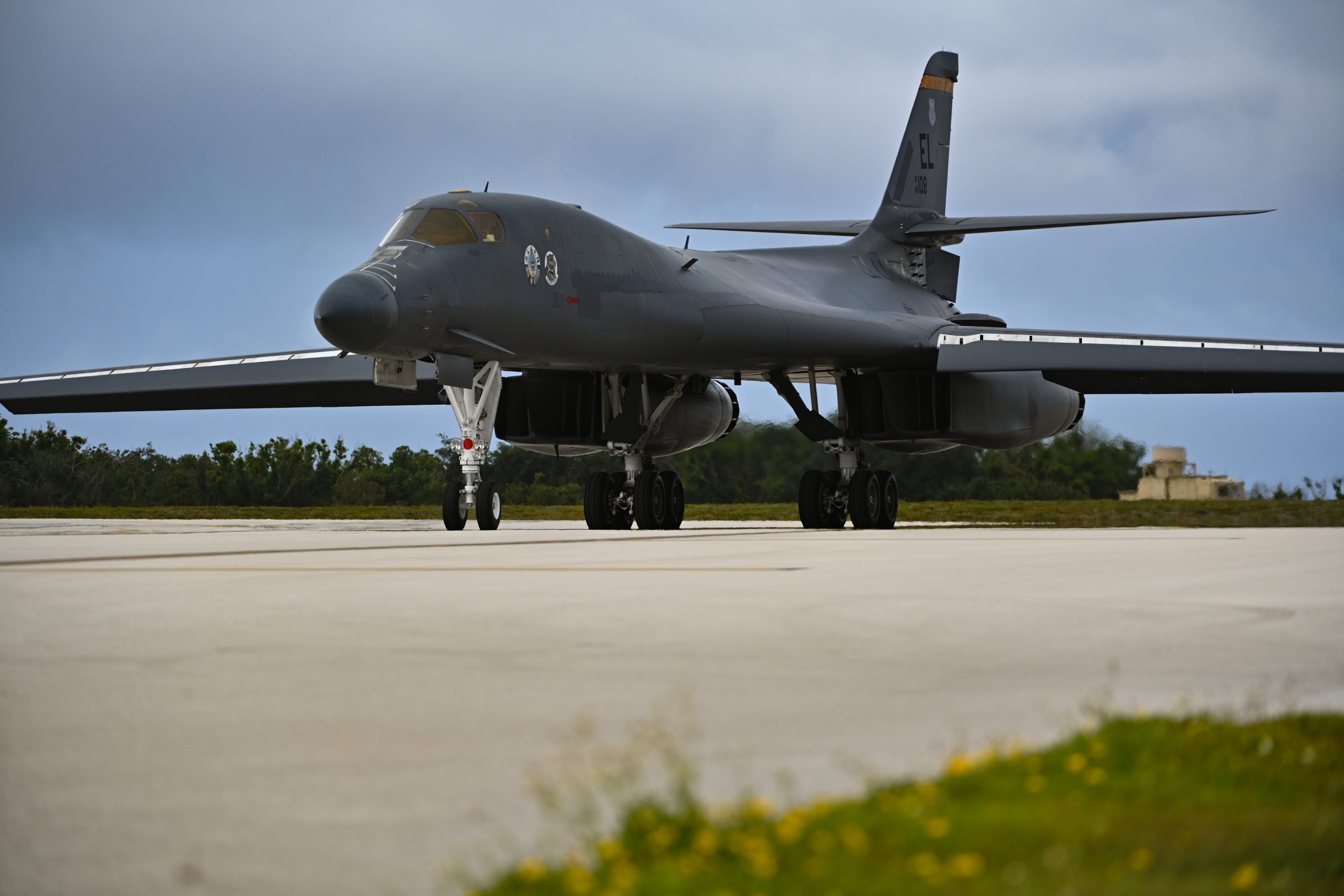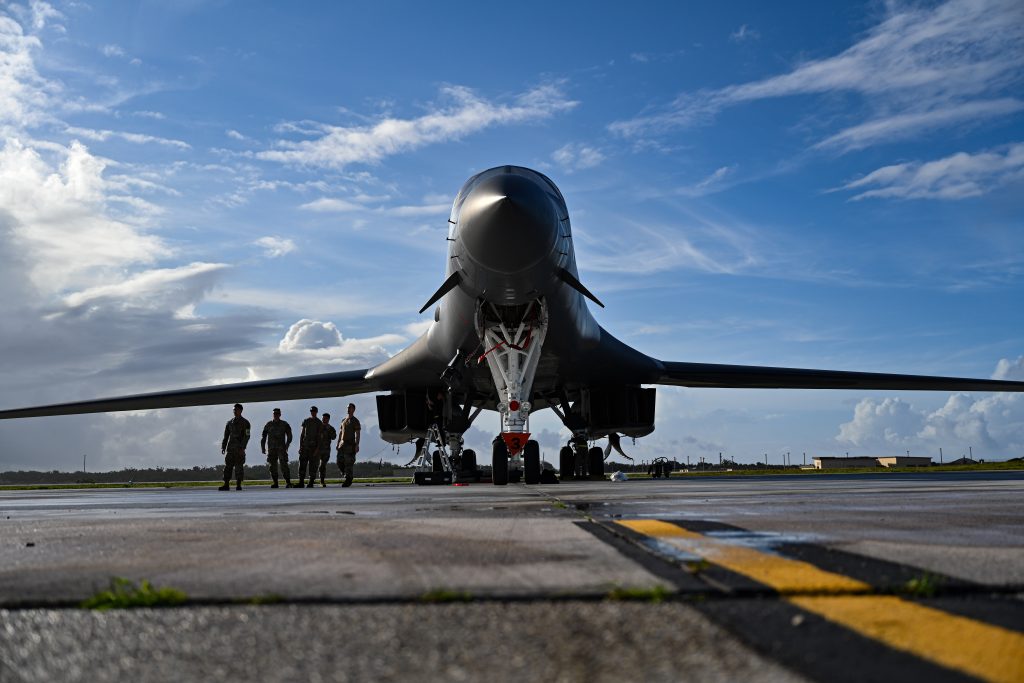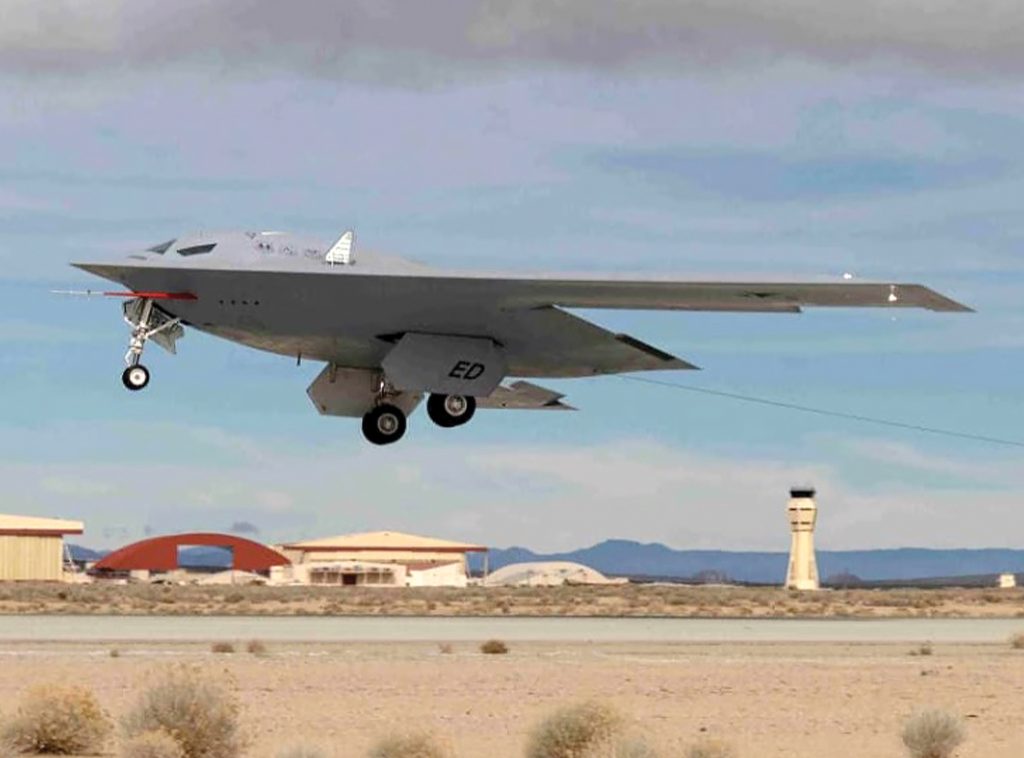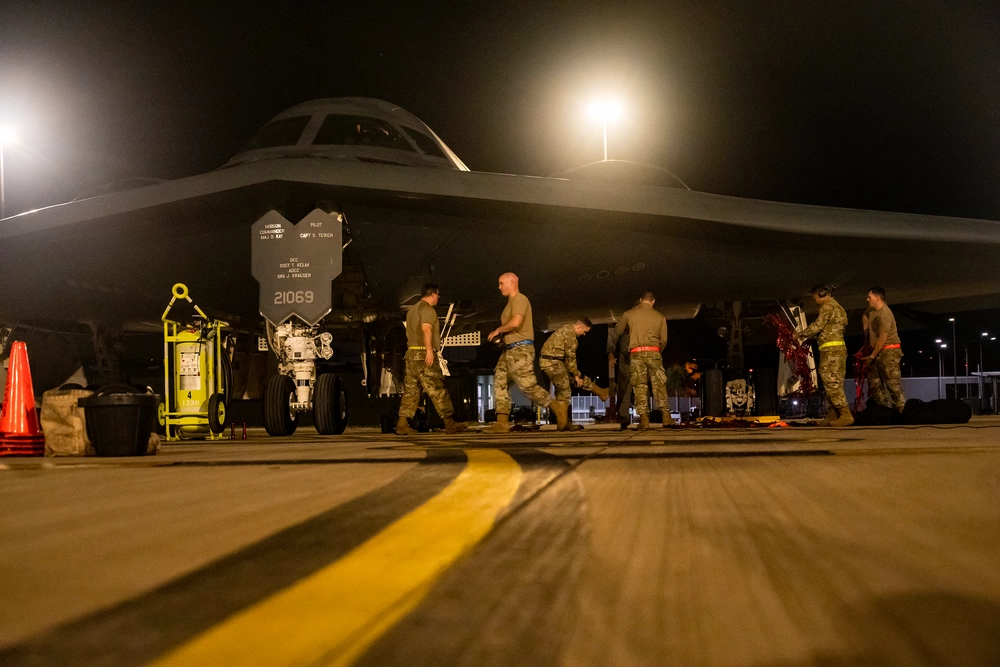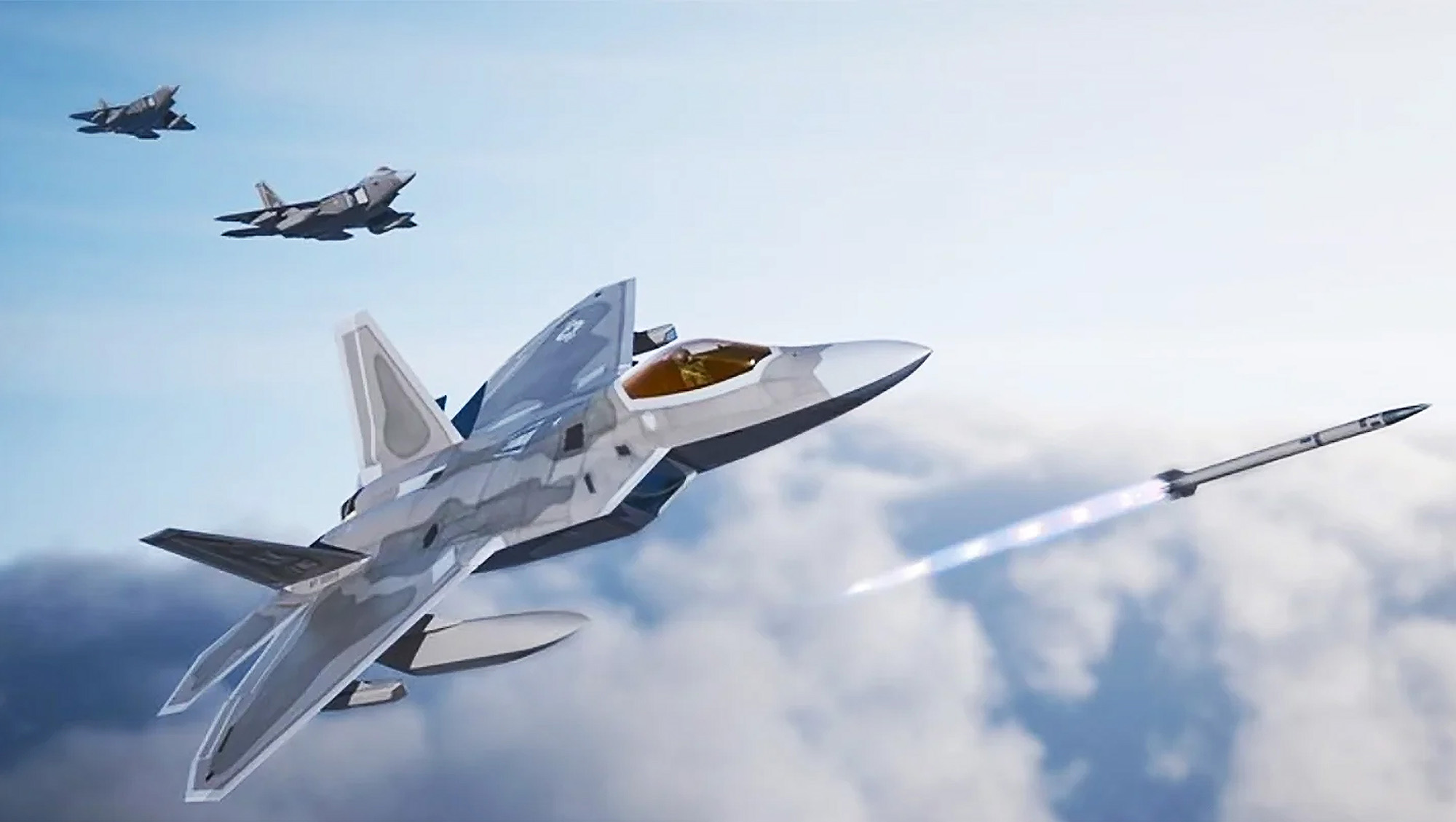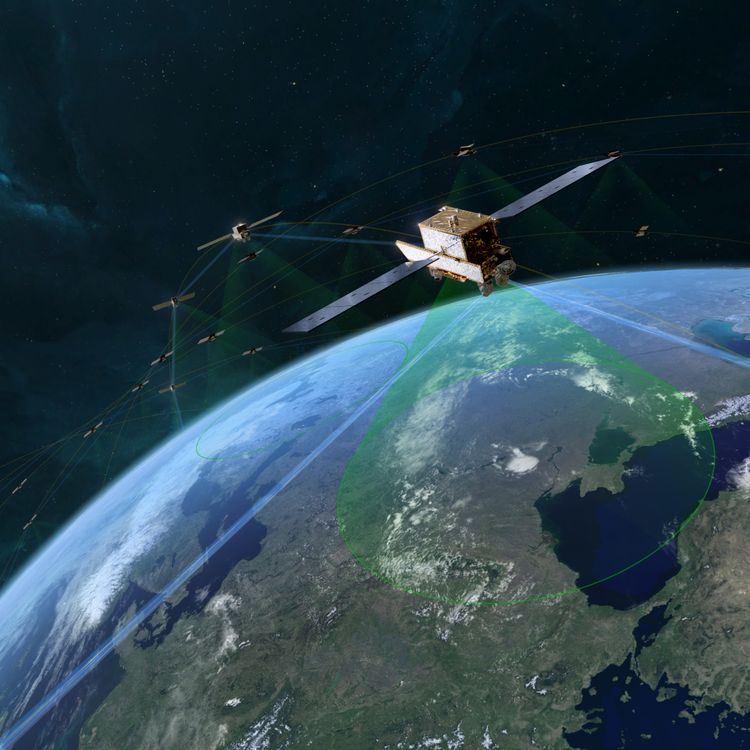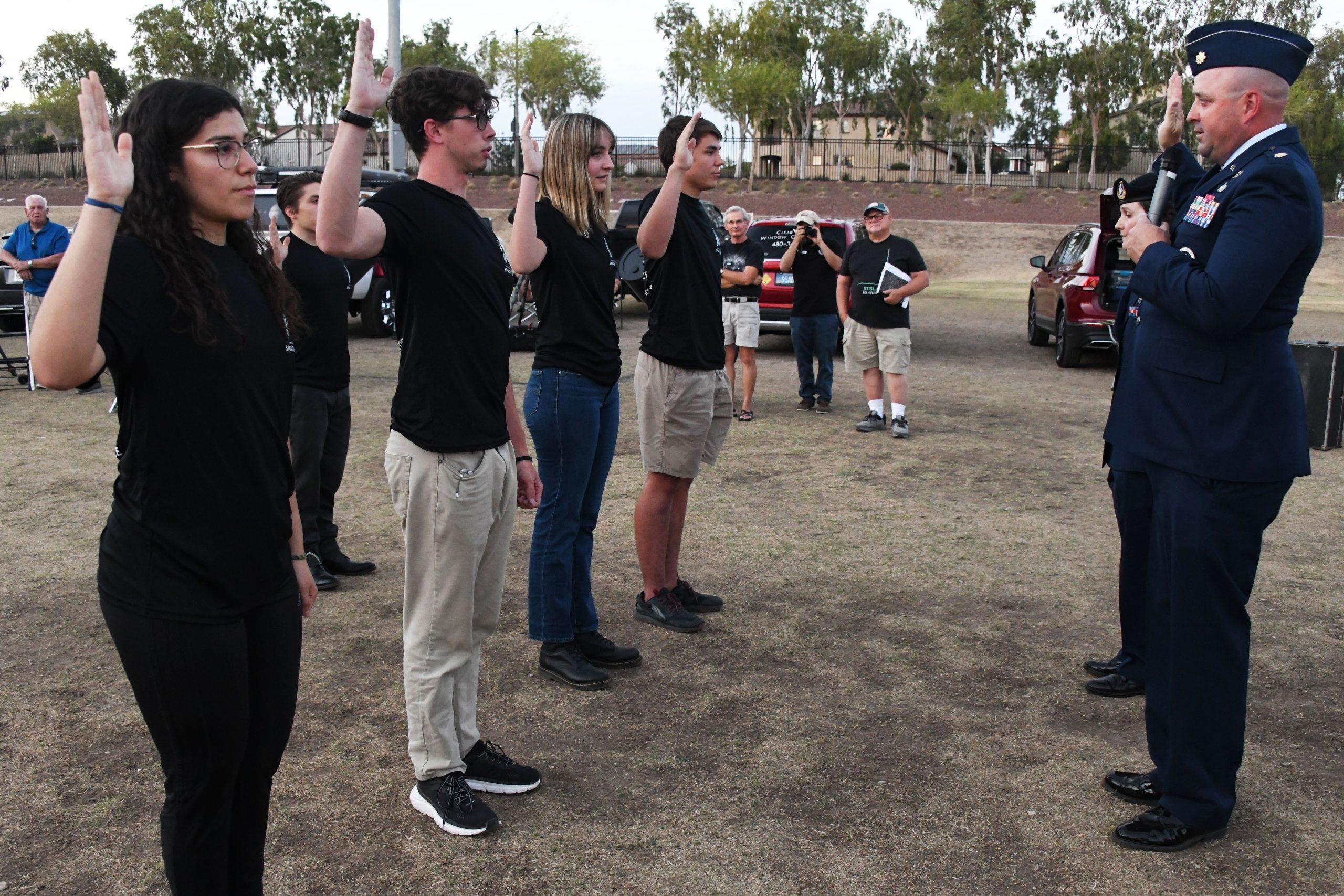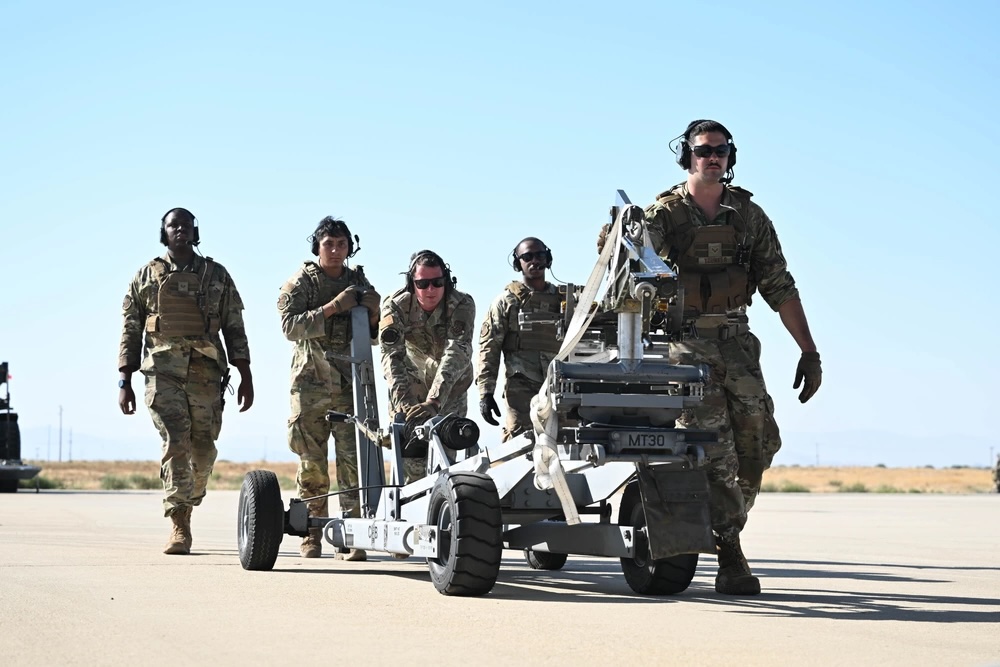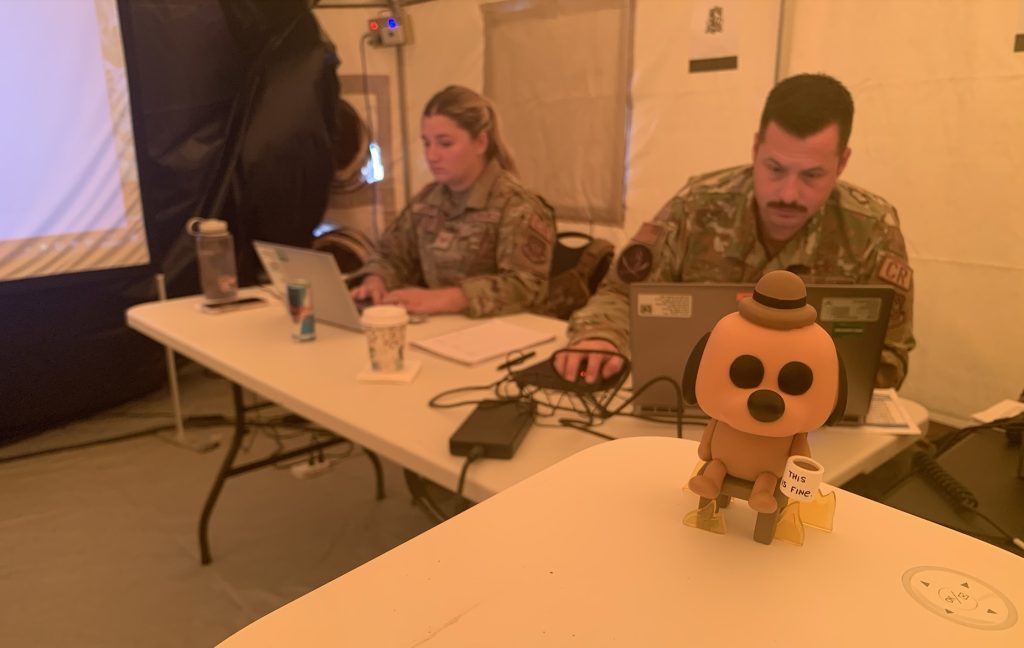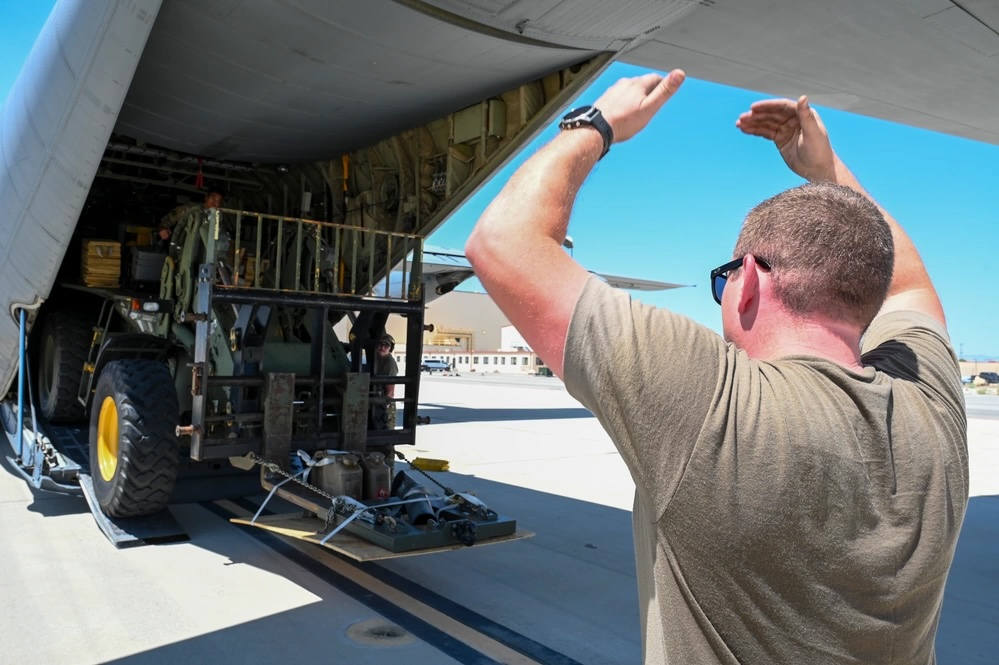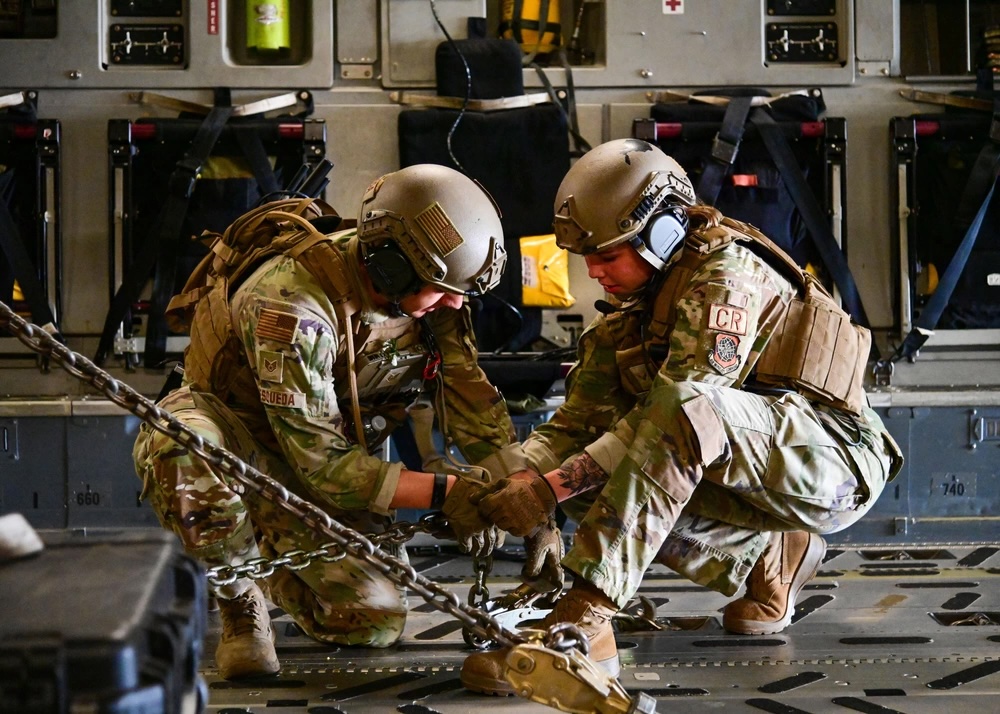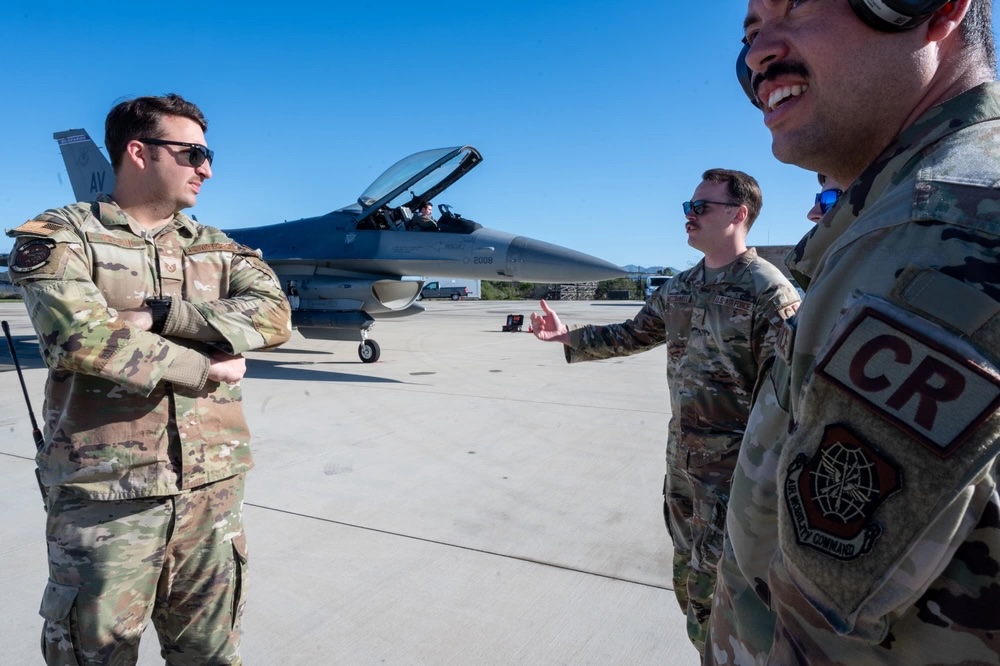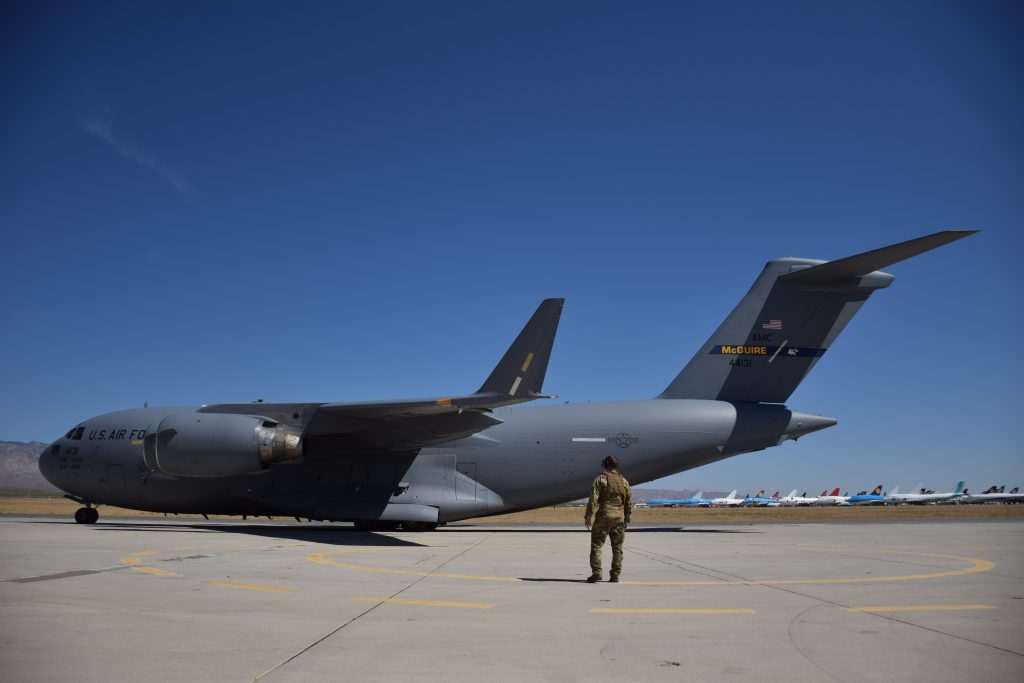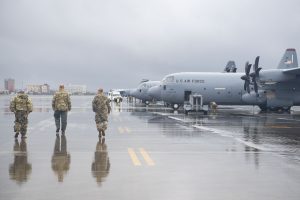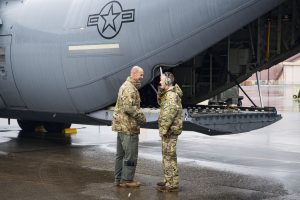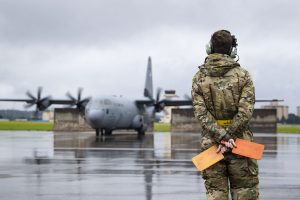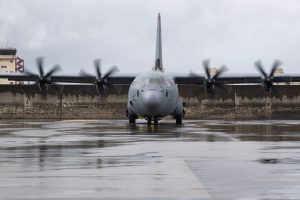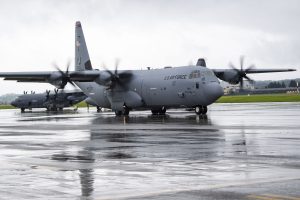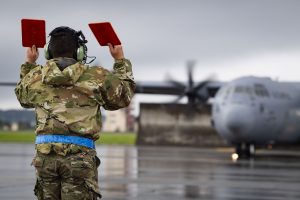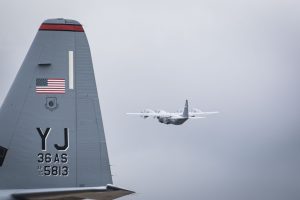The Air Force will flood Airmen and aircraft into the Indo-Pacific next summer for a major two-week exercise that will coincide with the multinational Talisman Sabre training event, Chief of Staff Gen. David W. Allvin said last week.
Dubbed REFORPAC, short for Return of Forces to the Pacific, the exercise draws its name from the Cold War REFORGER wargames, named for Return of Forces to Germany. Just as REFORGER was designed to prepare for combat with USSR pouring across the German border, REFORPAC seeks to better prepare the Air Forcefor the “galvanizing threat” of war against the People’s Republic of China.
The summer 2025 exercise was first announced in February as part of the Department of the Air Force’s re-optimization for great power competition projecdt. But few details were known then. Speaking Aug. 16 The summer 2025 exercise was first announced in February as part of the Department of the Air Force’s re-optimization for great power competition projecdt. But few details were known then. Speaking Aug. 16 at the Hudson Institute, Allvin shared the exercise’s name and intent.
“We’re integrating it into INDOPACOM’s campaign plans and our Pacific Air Forces’ approach to supporting those,” Allvin said. “And so we’re integrating it into the combatant commander’s piece. But we’re doing it in a way that’s more robust and it’s for a longer period of time. So we’ll be deploying from Alaska, Hawaii, Guam, the continental U.S., and it’s going to be for about 14 days overall.”
Leaders previously said the exercise would involve multiple combatant commands and Air Force components, including elements from U.S. Strategic Command; U.S. Northern Command; U.S. Indo-Pacific Command; and Air Mobility Command, which hosted its massive Mobility Guardian exercise last summer in the Pacific.
“One of the issues that will be addressed—that we’re starting to address, we saw a little bit of this most recent Bamboo Eagle—is how mission-ready are we to deploy in a complex environment and sustain operations and be able to do logistics under attack?” Allvin said. “To be able to generate and maneuver within the environment, to sustain the mobility fleet that can get around, make sure the munitions and fuel and everything gets to the right place.”
As with last summer’s Mobility Guardian, allies will be key participants. “We’re rolling it in with Talisman Sabre, because we understand we’re going to fight with allies and partners,” Allvin said. That makes it “more of an international exercise,” he added.
Talisman Sabre started as a joint U.S-Australia exercise but now includes about a dozen countries and 30,000 service members, and is expected to be even bigger in 2025. In 2023, USAF F-22s, KC-46s, and C-17s all participated.
Officials have said REFORPAC will not be a one-off, but rather the start of a renewed focus on large-scale exercises that has seen numerous Air Force organizations expand exercises to be more “combat representative.”
Mobility Guardian 23 set the tone, bringing together 70 aircraft and 3,000 personnel and tying the exercise’s operations into Air Force and international exercises in the Pacific. Allvin praised the effort for highlighting and testing the complexities of surging forces to the Indo-Pacific for a future fight.
REFORPAC will similarly seek to expose seams and challenges to ensure greater preparedness in advance of a real conflict.
“Until you’re there, doing it over a period of time, you’re not really going to uncover the warts that you might not have discovered by doing it in pieces,” Allvin said. That’s the purpose of large-scale exercises. “You have to do in a realistic scenario.”
Part of that realism is finding a way to replicate the sheer size and difficulty of a potential fight with China in the largest geographic combatant command.
“When it gets really complex and you have different injects into the exercises, that’s where you can really test it. It just really is the scale of it, because there are things that you can’t really pick out until you have a longer sustained agitation, if you will, or something where you can’t really replicate on a small scale,” he said.
